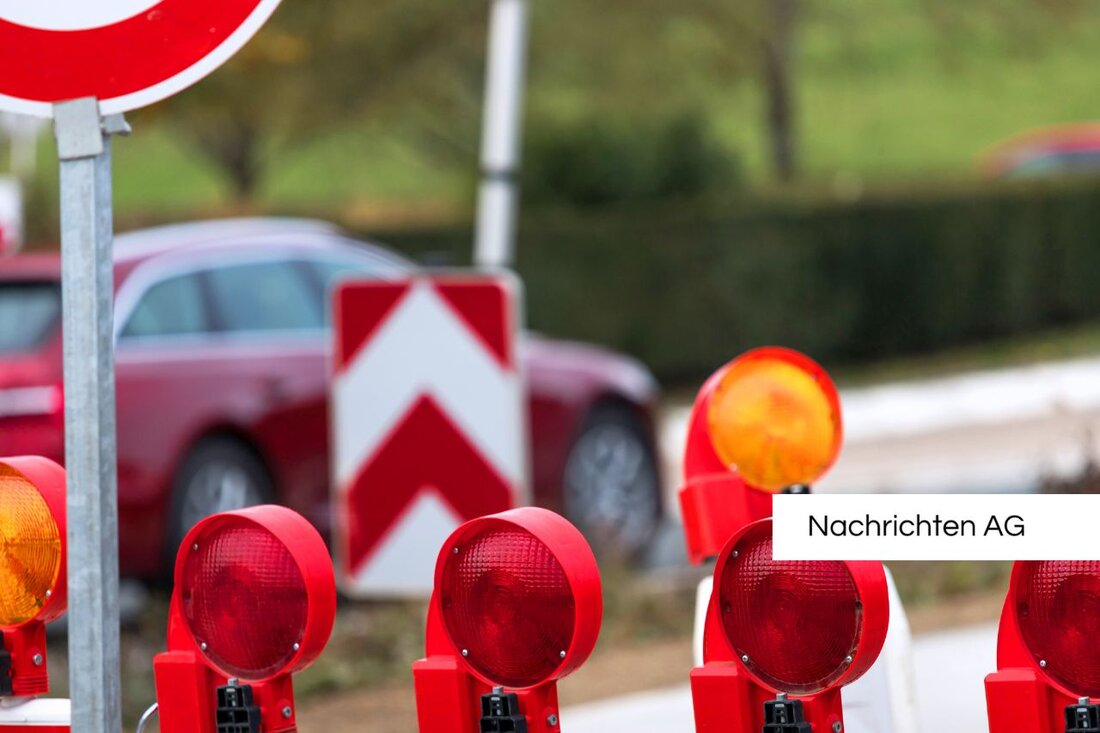Gohrischheide remains closed: forest fire leaves devastation!
Gohrischheide in central Saxony remains closed after a devastating forest fire. Sachsenforst applies for an extension of the blocking period.

Gohrischheide remains closed: forest fire leaves devastation!
The Gohrischheide remains closed to visitors. The situation is tense after a devastating forest fire that broke out on July 1st. The fire, which is classified as the largest in Saxony in over 30 years, has devastated around 2,400 hectares in this approximately 2,800 hectare nature reserve. Sachsenforst is now requesting an extension of the ban, although the original ban would theoretically expire on Tuesday, August 11th. Sachsenforst spokesman Lars Richter emphasizes that the condition of the area currently makes entry impossible. The district's general order, which prohibits access to the forest near Zeithain, has been in force since July 11th and also affects the access routes to the Heideturm near Spansberg. Free press reports on these current developments.
But how did this devastating incident happen? The forest fire not only affected an impressive area, but also far exceeded the annual average of affected forest area in Germany. District Administrator Ralf Hänsel (CDU) believes that the extinguishing and control measures will take days or weeks before the area is considered safe. Meanwhile, the responsibility of forest visitors has emerged as a major cause of forest fires. According to statistics, around 40% of fires were caused by human activity, often due to carelessness. Sächsische.de has published detailed information on this.
Climatic influences and forest protection
Statistics show that the number of forest fires in Germany in 2023 was lower than in the previous year, with a total of 1,059 cases. Nevertheless, the area affected is often above the long-term average and many fires place a heavy burden on our forests. Factors such as climate, rising temperatures and reduced rainfall are contributing to the risk of wildfires continuing to increase. Here in Saxony, Gohrischheide is not the only area affected. Similar cases were also recorded in Brandenburg, where the largest burn area of over 765 hectares was observed. The Federal Environment Agency highlights that the forest fire season is increasingly extending into the late summer and autumn months.
The challenges we face are not only the loss of flora and fauna, but also the long-term stability and vitality of our forest ecosystems. It is strongly recommended to replace conifer monocultures with mixed forests with a higher proportion of hardwood to ensure better protection against future wildfires. In the future, it is important to focus even more on the preservation and protection of our forests in order to avoid such disasters.
The severity of the situation in Gohrischheide cannot be denied. All events planned for this year, including guided hikes, are currently canceled. The hope is that the situation will soon improve and a return to normality in the nature reserve, which is of great importance not only for the region but also for the population.

 Suche
Suche
 Mein Konto
Mein Konto